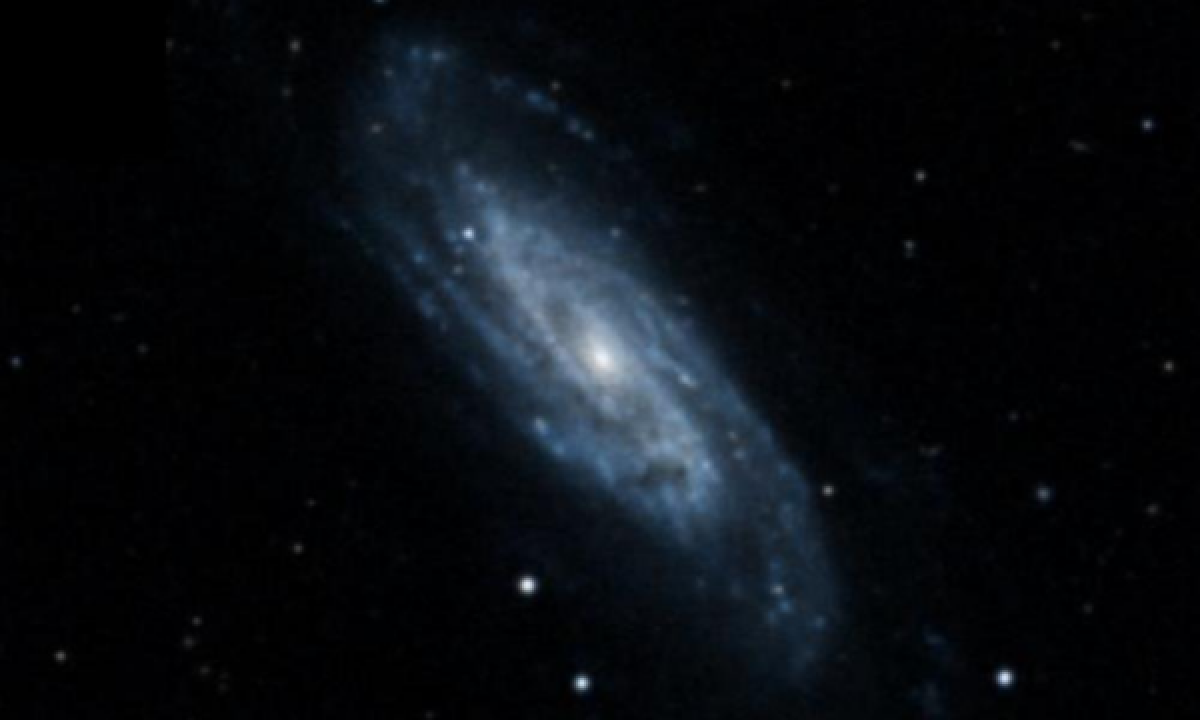The New General Catalogue of Nebulae and Clusters of Stars (abbreviated as NGC) is a catalogue of deep-sky objects compiled by John Louis Emil Dreyer in 1888. The NGC contains 7,840 objects, known as the NGC objects. It is one of the largest comprehensive catalogues, as it includes all types of deep space objects, including galaxies, star clusters, emission nebulae and absorption nebulae.
Know more about NGC
NGC 3198

NGC 3198, also known as Herschel 146 is a barred spiral galaxy in the constellation Ursa Major. It was discovered by William Herschel on 15 January 1788. NGC 3198 is located in the Leo Spur, which is part of the Virgo Supercluster, and is approximately 47 million light years away. NGC 3198 was one of 18 galaxies targeted by the Hubble Space Telescope (HST) Key Project on the Extragalactic Distance Scale, which aimed to calibrate various secondary distance indicators and determine the Hubble constant to an accuracy of 10%. The type and orientation of NGC 3198 made it suitable for these measurements. The Wide Field and Planetary Camera 2 (WFPC2) of the HST was used to measure the magnitudes of 52 Cepheid variables, and the resulting distance modulus corresponded to a distance of 14.5 Mpc (47 million light years). Observations made with the Westerbork Synthesis Radio Telescope detected for the first time the presence of extraplanar gas. The extraplanar gas makes up approximately 15% of the total atomic hydrogen (HI) mass of the galaxy.
More Images:

Sources:
Wikipedia Page: NGC 3198
NGC 3198 at In-The-Sky website
